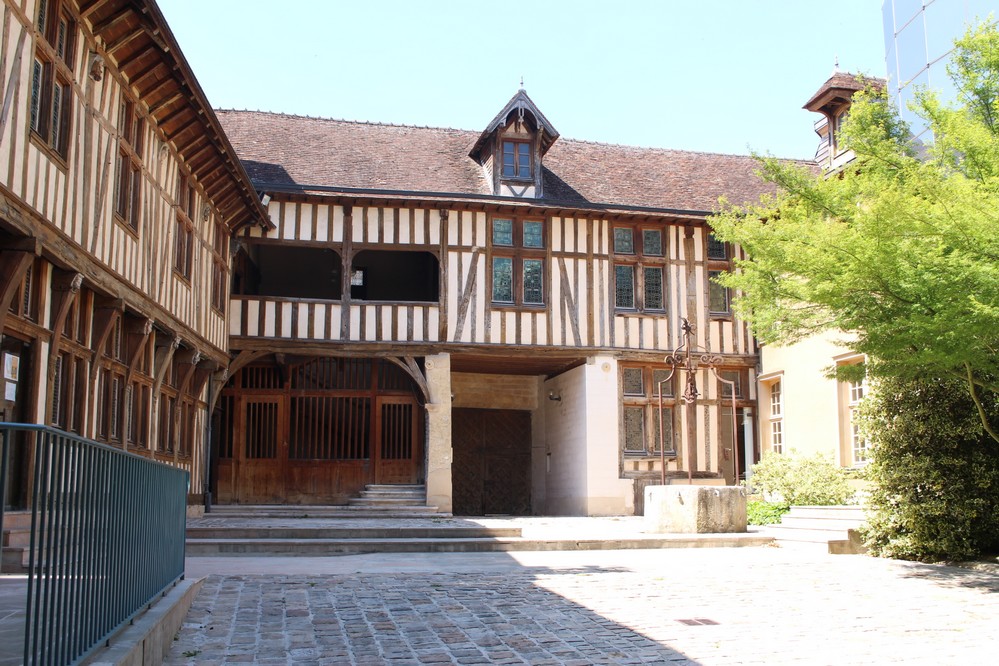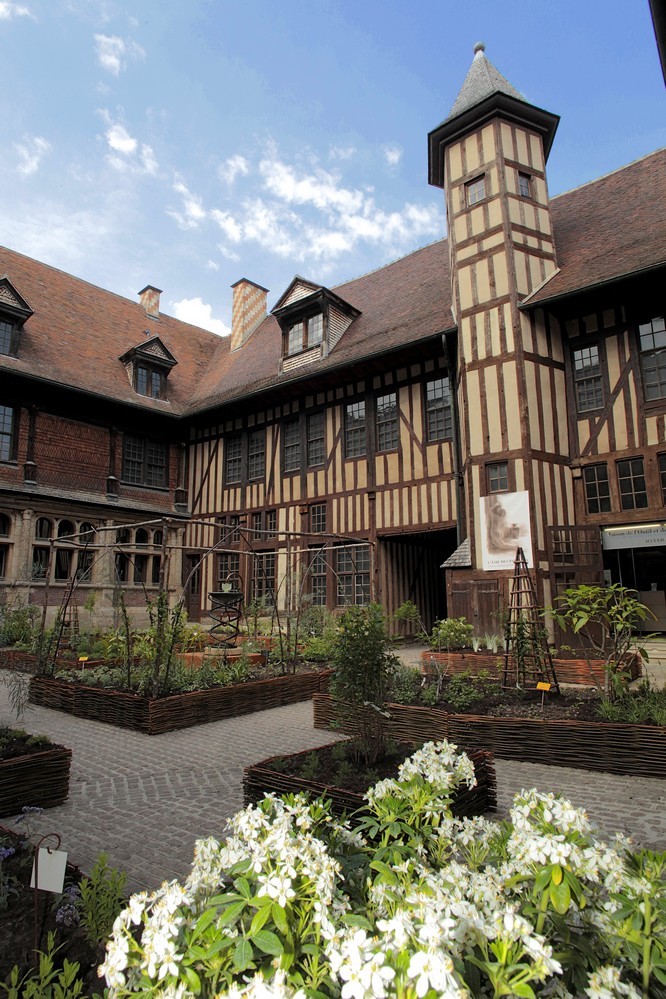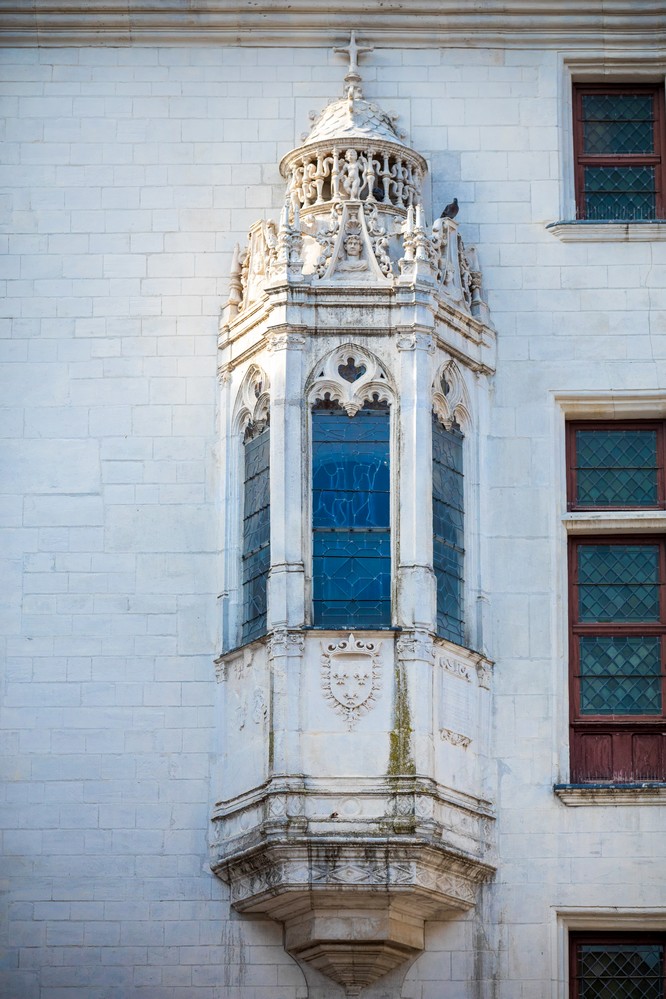Troyes is famous for its hôtels: Hôtel Juvénal des Ursins, Hôtel Marisy, Hôtel Mauroy, Hôtel du Petit Louvre, Hôtel du Moïse, Hôtel des Angoiselles, Hôtel de Chapelaines, Hôtel de Vauluisant, Hôtel du Commandeur… and the list goes on.
Yet these are not «hotels» in the narrow English meaning of the word, for the French word hôtel can also mean a «mansion». It is this secondary meaning that applies here, i.e. opulent residences built in the Renaissance period.
The fact that these sumptuous buildings stand side-by-side with timber-famed houses is what gives Troyes’ architectural heritage its unique charm.
It could be argued that this juxtaposition of timber-framed houses and stone mansions serves to enhance and underline the quality of these two contrasting styles. These vast mansions were built as symbols of their owners’ wealth and opulence.
They also acted as an «insurance policy» against the frequent fires that ravaged their «common» timber-framed counterparts. Indeed, all of these buildings were constructed after the great fire of 1524.
On some of these mansions, such as the Hôtel du Moïse or the Hôtel Mauroy, the façades were built in the typical Champagne region style, with alternating brick and limestone.
Others, such as the Hôtel Marisy and the Hôtel Juvénal des Ursins, were constructed entirely of stone. Some remained faithful to the timber-framed style (the Hôtel de l’Election and the Hôtel des Grisettes), whereas some combined stone and timber frames (the Hôtel des Angoiselles, for example).
Several mansions included the added luxury of a tower (Vauluisant, Petit Louvre, Marisy, Mauroy, Juvénal des Ursins, etc.), creating a resolutely Renaissance or feudal look. The majority of these mansions have been recently restored, and are now occupied by individuals or public institutions.


